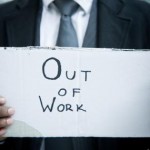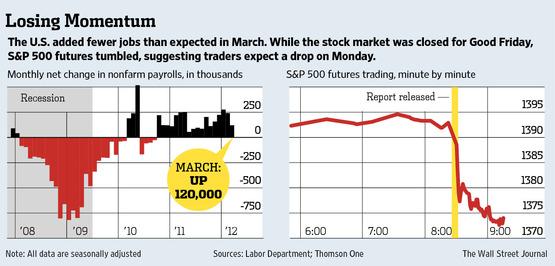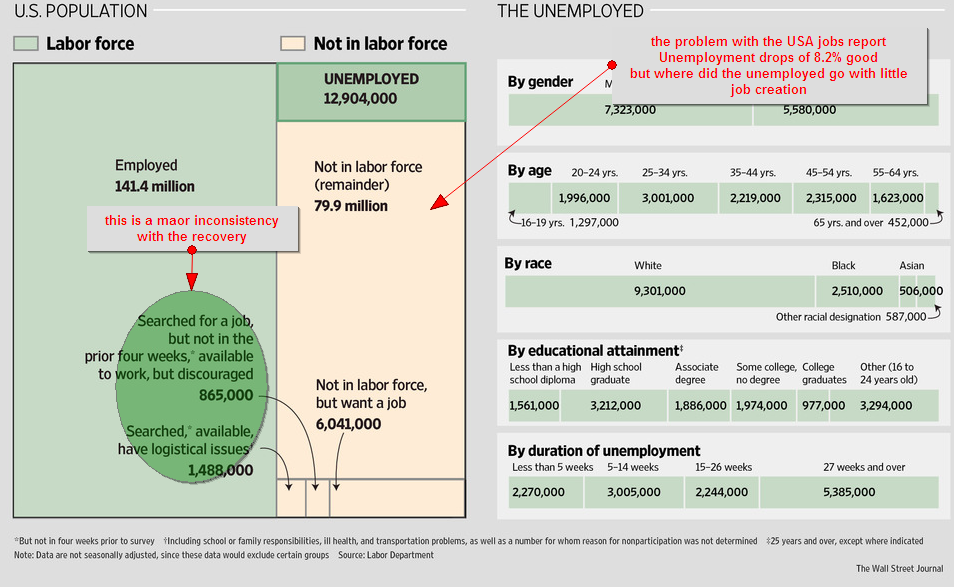By FXEmpire.com

Where Have All The Unemployed Gone
The number of people seeking US unemployment benefits has fallen to a four-year low, as layoffs slow and the job market strengthens.
The Labor Department says weekly unemployment benefit applications dropped 6,000 to a seasonally adjusted 357,000. That’s the fewest since April 2008.
The four-week average, a less volatile measure, fell to 361,750, also the lowest in four years, it was announced on Thursday. The average has fallen nearly 13 per cent in the past six months.
When unemployment benefit applications drop consistently below 375,000, it usually signals that hiring is strong enough to lower the unemployment rate.
The decline coincides with the best three months of job growth in two years. On Friday, the government issues its March jobs report, which is expected to show the fourth straight month of strong hiring.
These were the headlines on Thursday after the US released its weekly unemployment figures.
There was nothing good about the Good Friday jobs report. But was the slowdown in hiring in March bad enough for the Federal Reserve to once again consider more stimuli for the economy?
No. It’s important to look beyond the one disappointing month, and at the broader trend. Even though only 120,000 jobs were added in March, the average number of payroll gains for the first three months of the year (factoring in revisions for January and February) is about 212,000.

The U.S. generated 120,000 jobs last month — well below expectations. Economists expected an increase of 210,000, seasonally adjusted.
Hiring also failed to top the 200,000 mark for the first time since November.
Some economists had cautioned that jobs gains in March could end up lower because of unseasonably warm winter weather. Companies kept workers on or hired people in January and February who otherwise would have been added in March or April.
These changes in hiring patterns may not have been fully captured by the government’s efforts to adjust for seasonal factors.
The so-called underemployment rate, which counts jobless people looking for work, part-time workers who need full-time jobs and discouraged job seekers, fell to a three-year low of 14.5% from 14.9% in February.
When that rate falls, it’s a sign not only of less economic pain, but also that the economy is operating closer to full capacity, said a labor economist with the Economic Policy Institute, a liberal think tank.
Then two years of slow, uneven improvement followed, as the economy slowly mended. But in October of 2011 things began to rapidly improve.

The US economy is still recovering, a single negative jobs reports, accompanied by a drop in unemployment is not terrible, it is more a question, what is happening to the unemployed and how will they survive and how can the US economy can flourish? The biggest question of it all, is how can these uncounted millions be tracked and helped.
Originally posted here



